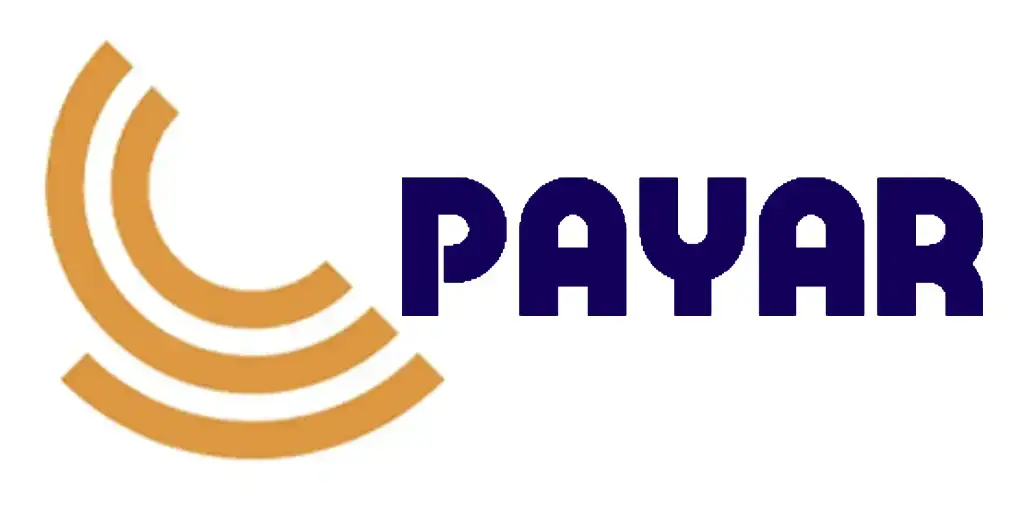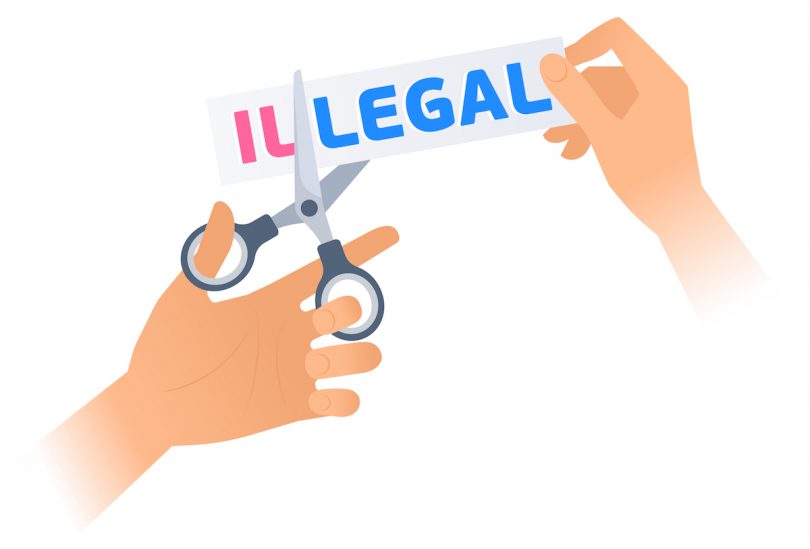Persian rugs, known for their intricate designs, luxurious textures, and rich cultural heritage, are among the most sought-after decorative items globally. With its booming economy and diverse population, the UAE presents a lucrative market for these exquisite rugs. However, importing Persian carpets to the UAE requires a clear understanding of the legal, logistical, and financial aspects of the process. This guide will walk you through the entire process, from understanding import regulations to selecting reliable suppliers and managing logistics, ensuring a smooth and successful importation.
Understanding the Demand for Persian Rugs in the UAE
The UAE, particularly Dubai and Abu Dhabi, has a sizeable expatriate population and a thriving luxury market. Persian rugs are popular among residents and tourists for their aesthetic appeal and cultural significance. They are often used to adorn homes, hotels, and offices, making them a valuable commodity in the UAE.
Several factors contribute to the demand for Persian rugs in the UAE:
High disposable income: The UAE’s affluent population is willing to invest in high-quality, luxurious home decor items.
Cultural appreciation: Persian rugs are admired for their craftsmanship and historical significance, making them desirable for collectors and interior designers.
Growing real estate market: The UAE’s expanding real estate sector consistently demands premium home furnishings, including Persian rugs.
Understanding this demand is crucial for anyone looking to enter the market as an importer.
Legal Considerations and Import Regulations
Importing Persian rugs to the UAE involves adhering to specific legal requirements and r egulations. Being well-versed in these regulations is essential to avoid potential delays, fines, or legal complications.
Import Licenses and Permits
You must first obtain an import license to import Persian rugs into the UAE. This license is typically issued by the Department of Economic Development (DED) in the emirate where you plan to operate. Here are the steps to acquire an import license:
Register your business: You need to establish a business entity in the UAE, which can be a mainland company, free zone company, or offshore company. Depending on the nature of your business, you may need to partner with a UAE national if you choose to operate on the mainland.
Apply for an import license: Once your business is registered, you can apply for an import license through the DED. The application process includes submitting documents such as your business registration, trade name, and activity details.
Obtain additional permits: Depending on the specifics of the rugs you are importing, you may need additional permits. For example, you might need a CITES (Convention on International Trade in Endangered Species) permit if the rugs are made from endangered animal materials.
Customs Clearance
The UAE has stringent customs regulations, and all imports must go through customs clearance. The Federal Customs Authority (FCA) oversees customs procedures, and ensuring that your goods comply with their regulations is crucial.
Customs duties:
The standard customs duty for most goods, including Persian rugs, is 5% of the goods’ value. However, the duty may vary depending on the origin of the goods and any applicable trade agreements.
Documentation: To clear customs, you must provide the following documents:
Bill of lading: A document issued by the carrier to acknowledge the receipt of the goods for shipment.
Commercial invoice: A detailed list of imported goods, including their value.
Packing list: A document that provides information about the goods, including the weight, dimensions, and contents of each package.
Certificate of origin: A document that certifies the origin of the goods, which may affect the customs duty rate.
Import permit: Your import license and any additional permits are required.
Inspection: Customs officials may inspect your goods to verify their compliance with UAE regulations. It is essential to ensure your rugs are appropriately labeled and meet the required standards.
Compliance with UAE Standards
The UAE has specific standards for imported goods, including Persian rugs. The Emirates Authority for Standardization and Metrology (ESMA) oversees product standards and compliance. Ensure that your rugs meet the following requirements:
Labeling: The rugs should be labeled with information such as the country of origin, material composition, and care instructions.
Safety standards: If the rugs contain any materials that could pose a safety risk, such as chemicals or flammable materials, they must comply with UAE safety standards.
- Sourcing Persian Rugs: Finding Reliable Suppliers
The quality and authenticity of the Persian rugs you import depend mainly on your suppliers. Sourcing from reputable suppliers in Iran or other countries known for Persian rug production is crucial for maintaining the integrity of your business.
Choosing the Right Supplier
When selecting a supplier, consider the following factors:
Certifications: Ensure that the supplier has the necessary certifications, such as a Certificate of Authenticity for the rugs, which guarantees that they are genuine Persian rugs.
Communication: Clear and consistent communication is essential for a successful partnership. Ensure your supplier is responsive and transparent about their production processes and timelines.
Negotiating Terms
Negotiating favorable terms with your supplier can help you manage costs and ensure a smooth importation process. Key points to negotiate include:
Pricing: Discuss bulk purchase discounts and payment terms. Ensure that the price reflects the quality of the rugs and includes all relevant costs, such as packaging and transportation.
Lead times: Agree on lead times for production and shipment. Ensure that the supplier can meet your deadlines to avoid delays.
Shipping terms: Determine whether the supplier will handle shipping or if you need to arrange for a freight forwarder. Clarify who will be responsible for customs clearance and any associated costs.
Building Long-Term Relationships
Establishing a long-term relationship with your supplier can provide stability and consistency in your business. To ensure continued success, communicate regularly with your supplier, provide feedback on the products, and maintain a professional relationship.
- Logistics and Transportation
Logistics management is a critical component of importing Persian rugs to the UAE. Efficient logistics ensure that your rugs arrive on time, in good condition, and reasonably priced.
Choosing a Mode of Transportation
Depending on the volume and value of the rugs, you can choose between air, sea, or land transportation. Each mode has its advantages and disadvantages:
Air freight is ideal for smaller, high-value shipments that need to arrive quickly.
Sea freight: Suitable for larger shipments that are not time-sensitive. Sea freight is more cost-effective for bulk orders but has longer transit times.
Land transport: If you are sourcing rugs from nearby regions, land transport can be a viable option. It offers flexibility and relatively quick transit times.
Selecting a Freight Forwarder
A freight forwarder can manage the logistics of shipping your rugs and handling tasks such as documentation, customs clearance, and transportation. When selecting a freight forwarder, consider the following:
Experience: Choose a freight forwarder with experience handling similar goods and knowledge of UAE import regulations.
Network: A well-connected freight forwarder with a global network can offer better shipping options and more competitive rates.
Services: Look for a freight forwarder that offers comprehensive services, including door-to-door delivery, insurance, and tracking.
Packaging and Handling
Proper packaging is essential to protect the rugs during transit. Consider the following packaging tips:
Material: Use high-quality, durable packaging materials to prevent damage during shipping. Waterproof packaging can protect the rugs from moisture.
Labeling: Ensure the packages are labeled with the contents, handling instructions, and destination address.
Customs documentation: Attach all necessary customs documentation to the packages to facilitate smooth customs clearance.
- Marketing and Selling Persian Rugs in the UAE
Once your rugs have successfully arrived in the UAE, the next step is to market and sell them. The UAE’s diverse and competitive market requires a well-thought-out marketing strategy to attract customers and drive sales.
Identifying Your Target Market
Understanding your target market is critical to developing a successful marketing strategy. Consider the following segments:
High-end consumers: Affluent customers who value luxury and are willing to pay a premium for authentic, high-quality Persian rugs.
Interior designers and decorators: Professionals who purchase rugs for their clients, often in bulk.
Tourists: Visitors to the UAE who are interested in purchasing luxury items as souvenirs or gifts.
Establishing a Retail Presence
To reach your target market, consider the following retail options:
Showrooms: Establishing a physical showroom in a high-traffic area can attract customers who want to see and feel the rugs before purchasing.
Online sales: An e-commerce platform allows you to reach a broader audience, including customers across the UAE and beyond.
Partnerships: Partner with luxury retailers, interior designers, or hotels to showcase your rugs to clients.
Marketing Strategies
Consider the following strategies:
Social media marketing: Use platforms like Instagram, Facebook, and Pinterest to showcase your rugs, engage with customers, and build brand awareness.
Content marketing: Create blog dposts, videos, or guides that educate customers about Persian rugs, their history, and how to choose the right carpet for their home.
Events and exhibitions: Participate in trade shows, exhibitions, and events related to home decor and luxury goods to network with potential customers and showcase your products.
Search engine optimization (SEO): Optimize your website for search engines to attract organic traffic from customers searching for Persian rugs online.
Pricing Strategy
Pricing your rugs competitively is essential for attracting customers while ensuring profitability. Consider the following factors when setting prices:
Cost of goods: Calculate the total cost of importing the rugs, including purchase price, shipping, customs duties, and other expenses.
Market research: Analyze competitors’ prices to ensure that your prices are competitive while reflecting the quality of your products.
Customer segment: Tailor your pricing strategy to your target market. High-end customers may be willing to pay more for premium products, while budget-conscious customers may prefer lower-priced options.
- Managing Risks and Challenges
Importing Persian rugs to the UAE comes with its own set of risks and challenges. Being proactive in managing these risks can help you avoid potential pitfalls and ensure the success of your business.
Compliance Risks
Stay current with UAE import regulations and standards to avoid compliance issues. Also, regularly review your documentation, labeling, and product quality to ensure they meet the required standards.
Market Competition
The UAE market is highly competitive, with many businesses offering similar products. To stand out, focus on providing exceptional quality, unique designs, and superior customer service.
Financial Risks
Importing luxury goods can involve significant financial investment. Manage your finances carefully by tracking costs, maintaining a healthy cash flow, and setting aside funds for unexpected expenses.
Supply Chain Disruptions
Supply chain disruptions can occur due to political instability, natural disasters, or shipping delays. Mitigate these risks by diversifying your suppliers, maintaining good relationships with logistics providers, and having contingency plans.
Importing Persian rugs to the UAE is a complex process that requires careful planning, thorough research, and strategic execution. From understanding the legal requirements and sourcing quality products to managing logistics and marketing your rugs effectively, each step plays a crucial role in the success of your business. Following the guidelines outlined in this article, you can navigate the challenges of importing Persian rugs to the UAE and tap into the lucrative market for these timeless and exquisite products.










